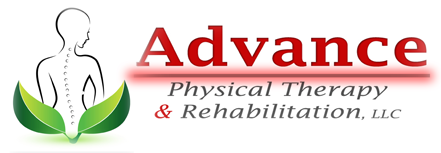
Osteoporosis
What is osteoporosis?
Osteoporosis means porous bone, a condition where the bone thins and weakens and is susceptible to fracture. Bone strength is maintained due to calcium and vitamin D, lack of these vitamins can lead to osteoporosis. Although all bones can be affected by this disease, the bones of the spine, hip and wrists are most likely to break. The elderly tend to break their hips, often requiring surgery and prolonged immobilization, which can lead to blood clots and pneumonia due to immobility. Approximately, 8.9 million Americans are affected by osteoporosis and 80% are women. Women tend to be more susceptible because their bones are lighter and are less dense, and women’s bodies experience hormonal changes after menopause that speeds up the loss of bone mass.
What causes osteoporosis?
Osteoporosis is caused by multiple factors including age, gender, family history and ethnicity. Heavy drinking, smoking, low calcium diet, lack of exercise and malnutrition are also contributors to weakening the bone. Chronic inflammation from conditions such as rheumatoid arthritis and chemotherapy drugs decreases the bone density, thus thinning and weakening the bones. Common cause of osteoporosis in men comes from low testosterone hormone levels.
What are the symptoms of osteoporosis?
People with osteoporosis are mostly asymptomatic. Repeated spine and hip fractures that heal slowly, stooped posture and loss of height are common symptoms of osteoporosis.
How is is osteoporosis diagnosed?
Osteoporosis can be tested with several different tests, you doctor will determine which test is appropriate for you. A bone mineral density test examines segments of your bone through X-rays to detect osteoporosis. DEXA Scan is a popular osteoporosis test, where it measures your total bone density to help gauge the risk for fractures. Bone Densitometry is a quick and accurate measure of bone density.
What is the treatment for osteoporosis?
There is no cure for osteoporosis, however treatment aims to slow or stop bone loss and improve bone density by using medication prescribed by the physician. Physical therapy has shown to be effective in treatment of osteoporosis with weight bearing exercise program. as well as lifting light weights, stretching and strengthening exercises. At Advance Physical Therapy & Rehabilitation, we incorporate gait training, stair climbing, postural correction and fall prevention for a complete individualized program.


